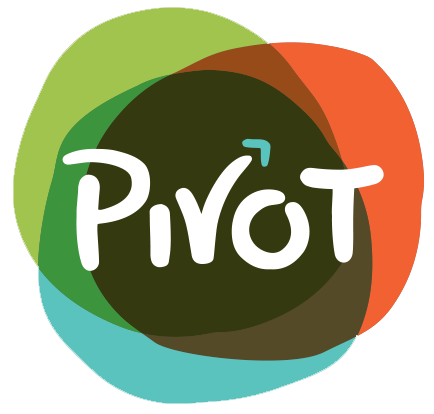Golden, C.D., Bonds, M.H., Brashares, J.S., Rasolofoniaina, B.J.R., and Kremen, C. (2014). Conservation Biology, 28:234-243.
Abstract:
Wildlife consumption can be viewed as an ecosystem provisioning service (the production of a material good through ecological functioning) because of wildlife’s ability to persist under sustainable levels of harvest. We used the case of wildlife harvest and consumption in northeastern Madagascar to identify the distribution of these services to local households and communities to further our understanding of local reliance on natural resources. We inferred these benefits from demand curves built with data on wildlife sales transactions. On average, the value of wildlife provisioning represented 57% of annual household cash income in local communities from the Makira Natural Park and Masoala National Park, and harvested areas produced an economic return of U.S.$0.42 ha−1· year−1. Variability in value of harvested wildlife was high among communities and households with an approximate 2 orders of magnitude difference in the proportional value of wildlife to household income. The imputed price of harvested wildlife and its consumption were strongly associated (p< 0.001), and increases in price led to reduced harvest for consumption. Heightened monitoring and enforcement of hunting could increase the costs of harvesting and thus elevate the price and reduce consumption of wildlife. Increased enforcement would therefore be beneficial to biodiversity conservation but could limit local people’s food supply. Specifically, our results provide an estimate of the cost of offsetting economic losses to local populations from the enforcement of conservation policies. By explicitly estimating the welfare effects of consumed wildlife, our results may inform targeted interventions by public health and development specialists as they allocate sparse funds to support regions, households, or individuals most vulnerable to changes in access to wildlife.
